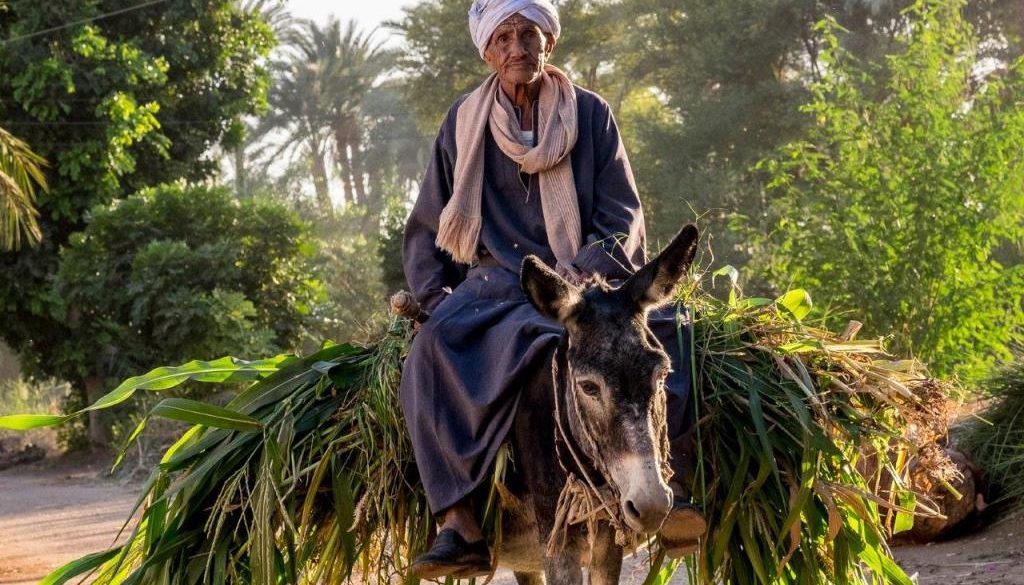Financial inclusion, the process of ensuring that all individuals and businesses have access to appropriate and affordable financial products and services, is an important issue in the Arab world. Despite some progress in recent years, many countries in the region continue to struggle with low levels of financial inclusion. In this article, we will examine the status of financial inclusion in Arab countries, discuss efforts that have been made over the past decade to promote it, and consider what more can be done in the future to improve the situation.
The status of financial inclusion in Arab countries varies widely, but generally, it is lower than in other regions of the world. According to the World Bank, the average adult bank account penetration rate in the Arab world is around 40%, compared to an average of 60% globally. This is largely due to factors such as low levels of financial literacy, a lack of access to banking services in rural and remote areas, and an underdeveloped financial infrastructure.
Over the past 10 years, there have been efforts by both governments and financial institutions in the Arab world to promote financial inclusion. Governments have implemented policies and regulations aimed at increasing access to financial services, including creating or expanding microfinance programs and promoting digital financial services. Some governments have also established financial inclusion targets or national financial inclusion strategies.
Financial institutions have also been working to promote financial inclusion. Some banks have created specialized products and services for low-income and underbanked populations, and many have expanded their branch networks and digital offerings to reach a wider range of customers.
There are several initiatives have been launched over the past decade from government and financial institutions. A good example is the UAE Vision 2021, which seeks to provide all residents with access to basic financial services, by providing them with training and education on financial literacy, encouraging the participation of more players in the microfinance sector, as well as developing a supportive legislative and regulatory environment for fintech companies.
However, there is still much more that can be done in the future by both the private and public sectors to promote financial inclusion in the Arab world. One key area is to improve financial literacy and education. This can be achieved through education programs and initiatives aimed at teaching individuals about financial products and services, budgeting, and financial management.
Another important aspect is to increase access to digital financial services and technologies, including mobile banking and online payments. This can be done by providing support for the development of digital infrastructure, such as internet connectivity and mobile networks, and by implementing regulations that encourage the development of digital financial services.
Furthermore, Governments should consider implementing policies that encourage the growth of microfinance institutions and other organizations that provide financial services to low-income and underbanked populations, as well as creating a supportive legislative and regulatory environment for fintech companies.
The opportunity cost of ignoring financial inclusion in the Arab world is high. It undermines inclusive economic growth, and limits the potential of individuals and businesses to fully participate in the economy. Low levels of financial inclusion can also exacerbate poverty and inequality. In addition, it will restrict the growth of the financial sector and the government will miss out on potential tax revenues and economic growth.
On the other hand, financial inclusion can bring significant benefits for individuals, the financial sector, and the government. For individuals, it can provide access to credit, savings, and insurance products, which can help them manage risks and improve their financial well-being. It can also help them to build a credit history, which is essential for accessing a wide range of financial products and services. For the financial sector, it can lead to an increase in the number of customers, as well as the expansion of the types of products and services offered. This can result in increased revenues, reduced costs, and more stable financial systems
Successful Financial Inclusion Initiatives by Public Sector in the Arab World
- The Central Bank of Egypt’s “Financial Inclusion Strategy”: The Central Bank of Egypt has implemented a number of initiatives aimed at increasing financial inclusion in the country, including setting targets for bank branch expansion in underserved areas and working with mobile network operators to provide mobile banking services. The bank also introduced a national strategy for financial inclusion in 2016 to increase access to financial services, and has also launched a National Financial Literacy Program to improve financial literacy in the country.
- The Central Bank of Iraq’s “Financial Inclusion Program”: The Central Bank of Iraq has established a number of initiatives to increase financial inclusion in the country, including working with commercial banks to set up branches in underserved areas and providing training to bank staff to improve the delivery of financial services to low-income households. The bank also launched a financial inclusion program in 2018 which aims to provide access to basic banking services for all citizens and in particular, low-income households, women and youth.
- The Central Bank of Tunisia’s “Financial Inclusion Policy”: The Central Bank of Tunisia has implemented a number of initiatives aimed at increasing financial inclusion in the country, including working with commercial banks to set up branches in underserved areas, promoting the use of mobile banking, and supporting the development of microfinance institutions. The bank also has a financial inclusion policy which aims to provide access to basic banking services and products to all segments of society, particularly low-income households and small and medium-sized enterprises (SMEs).
- The Central Bank of Jordan’s “Financial Inclusion Strategy”: The Central Bank of Jordan has launched a financial inclusion strategy that aims to increase access to financial services for underserved and marginalized segments of the population. The strategy includes measures such as setting targets for bank branch expansion in underserved areas, developing regulations and guidelines to support the growth of mobile banking, and promoting the use of technology to enhance financial inclusion.
- The Saudi Arabian Monetary Authority’s (SAMA) “Financial Inclusion Program”: SAMA has implemented a number of initiatives aimed at increasing financial inclusion in Saudi Arabia, such as establishing a regulatory framework for digital banking and promoting the use of digital and mobile banking services. The Financial inclusion program also includes financial literacy and consumer protection component.
- The Central Bank of Sudan’s “Financial Inclusion Strategy”: The Central Bank of Sudan has established a financial inclusion strategy that focuses on increasing access to financial services for underserved and marginalized segments of the population, with special emphasis on women, youth, and rural areas. The strategy includes measures such as increasing the number of bank branches in underserved areas, promoting the use of mobile banking, and supporting the development of microfinance institutions.
Successful Financial Inclusion Initiatives by Private Sector in the Arab World
- The M-Shaba service in Tunisia: M-Shaba is a mobile banking service that enables customers to access banking services through their mobile phones. The service allows customers to check account balances, transfer funds, and pay bills. M-Shaba is available to customers of all Tunisian banks, and is designed to be easy to use for customers who may not be familiar with traditional banking methods.
- The Yassir mobile wallet in Morocco: Yassir is a mobile wallet that allows customers to make transactions, pay bills, and access other financial services through their mobile phones. The app also offers a range of services such as peer-to-peer transfers and is available for customers of all Moroccan banks.
- The Tarabut Gateway in Bahrain: Tarabut Gateway is a digital platform that enables customers of Bahraini banks to access a wide range of financial services through their mobile devices. The platform includes services such as peer-to-peer transfers, bill payments, and other financial transactions. It aims to create a frictionless customer experience and drive financial inclusion.
- The Tawasul service in Oman: Tawasul is a digital banking platform that allows customers to access banking services, pay bills and make transactions using their mobile phones. The service also includes features like peer-to-peer transfers, balance inquiries, and account management. It is available to customers of all Omani banks, and is designed to make banking more accessible for customers in remote or underserved areas.
- The Mawarid finance in UAE: Mawarid is a fully-fledged digital banking platform that allows customers to access a wide range of banking services, including account management, money transfers, and bill payments, through their mobile phones. The platform is open to all UAE residents, including expatriates, and is designed to make banking more accessible for people who may not have access to traditional banking services.



